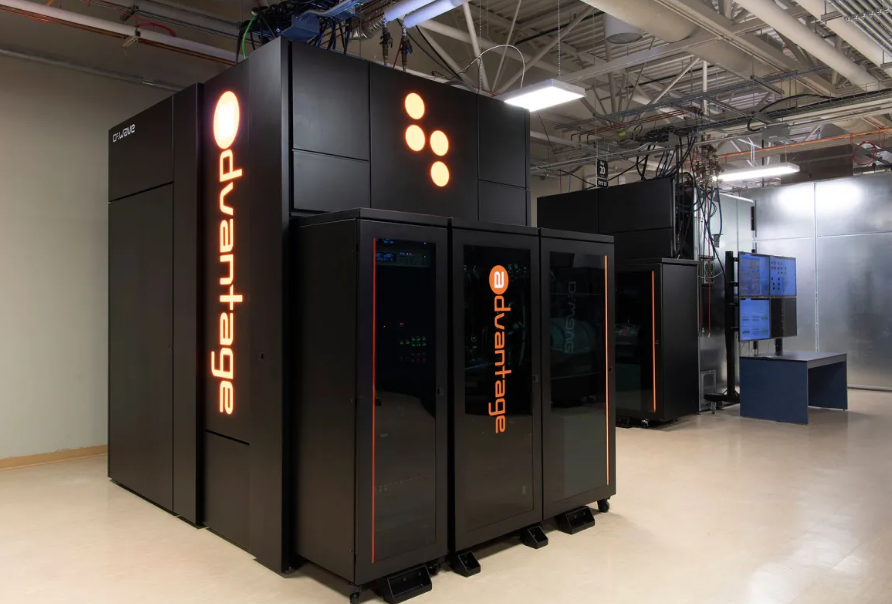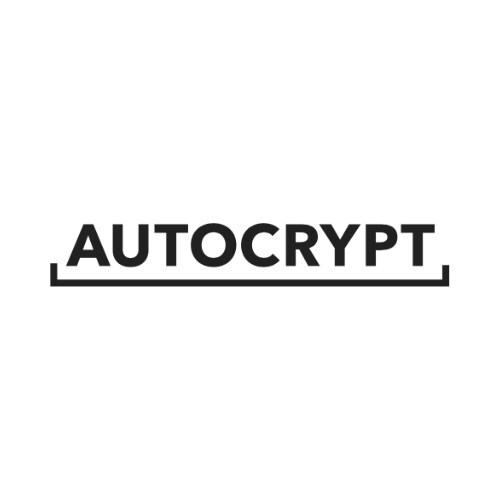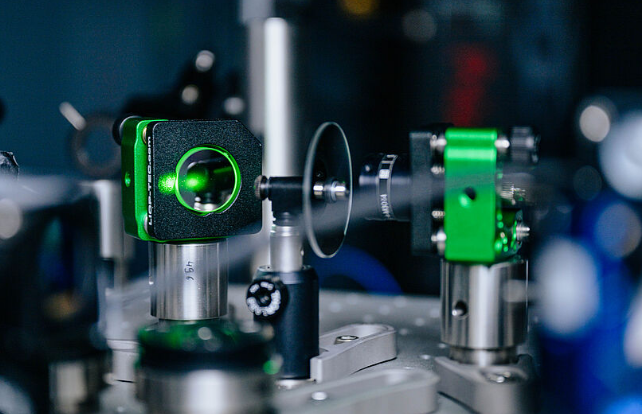What is a Quantum Annealer?
By utilizing properties specific to quantum physics such as quantum tunnelling, entanglement, and superposition, quantum annealing (QA) (related to adiabatic quantum computation) is a method for solving problems involving a large number of possible solutions and variables.
The purpose of quantum annealing is to solve optimization problems using adiabatic quantum computing. The optimization problem is solved by gradually transforming a simple quantum state — called the initial state — into a more complicated quantum state that encodes the solution. Hamiltonians are mathematical operators that describe the energy of a quantum system and control the transformation. Throughout the process of transformation, the system tends to settle into a state with the lowest energy, which corresponds to the solution of the optimization problem.
In contrast, adiabatic quantum computing uses quantum computers to solve a wide range of problems. As a result, a simple quantum state is gradually transformed into a more complicated quantum state which encodes the solution. As in quantum annealing, the transformation is controlled by a Hamiltonian. It doesn’t necessarily have to be designed specifically for optimization problems, since the transformation can be more general.
As one of the pioneers of quantum computing, D-Wave uses QA, an optimization process that uses quantum fluctuations for determining a given objective function’s global minimum.

Last summer, D-Wave made the announcement of a prototype of the next-generation Advantage2 annealing quantum computer in the Leap quantum cloud service. Using an innovative new qubit design and the new Zephyr topology, the D-Wave prototype has over 500 qubits, which features 20-way connectivity.
In under a year, however, the company has improved upon last year’s numbers, as D-Wave shared progress toward its next-generation Advantage2 annealing quantum computing system, which will feature 7000+ qubits and 20-way connectivity, and is expected to be implemented in a lower-noise fabrication stack, so customers could solve more complex problems more precisely.
Modern technology is allowing quantum annealing to become a commercial reality. Compared to traditional computers, it is claimed to be more effective at solving optimization problems with a large number of local minima.
In addition to taking place in the laboratory, it is a promising quantum technology for companies that have serious optimization problems that are too difficult for traditional computers to solve.
What Are Some Applications of Quantum Annealing?
As already mentioned, quantum annealing is best suited to optimization problems. A good use case showcasing this is described in the paper Application of Quantum Annealing to Nurse Scheduling Problem, published in Scientific Reports by Kazuki Ikeda, Yuma Nakamura and Travis S. Humble in 2019.
The three detail that there is considerable interest in quantifying quantum annealing’s performance on real-world problems in order to gain insight into how this approach can be most effectively applied in practice. Using the D-Wave 2000Q quantum annealing device, the researchers investigated the empirical performance of quantum annealing in solving the Nurse Scheduling Problem (NSP) with hard constraints. Under a set of schedule and personnel constraints, NSP seeks to assign nurses to shifts optimally. They worked out that by reducing NSP to a novel Ising-type Hamiltonian, they could evaluate the solution quality obtained from the D-Wave 2000Q against the constraint requirements.
The abstract of the paper ends:
“For the test problems explored here, our results indicate that quantum annealing recovers satisfying solutions for NSP and suggests the heuristic method is potentially achievable for practical use. Moreover, we observe that solution quality can be greatly improved through the use of reverse annealing, in which it is possible to refine returned results by using the annealing process a second time. We compare the performance of NSP using both forward and reverse annealing methods and describe how this approach might be used in practice.”
Difference Between Quantum Annealing and Gate Models
A fundamental difference between these two approaches is that a gate model quantum computer requires problems to be expressed in terms of quantum gates, whereas the quantum annealing computer requires problems to be expressed in terms of operations research problems. That is one way to understand the difference between the two types of quantum computers.
What Are the Benefits of Quantum Annealer?
Once again and without treading over old ground, quantum annealing makes it possible to solve certain problems of huge complexity by designing the problem so that when the computer reaches its minimum energy state, it will be able to solve it.
Importance of QUBO Modelling
An optimization technique known as QUBO (Quadratic Unconstrained Binary Optimization) is used in quantum computing, machine learning (ML), and optimization to solve complex optimization problems. The importance of QUBO models lies in their ability to represent complex optimization problems using binary variables, making translation into quantum computer language easier.
The importance of QUBO modelling can be attributed to several factors:
QUBO modelling is particularly useful for solving complex optimization problems. Various types of problems can be modelled using it, including scheduling, logistics, and finance, among others.
Another area where QUBO can benefit is quantum computing, as it allows it to tackle problems that classic computers would find impossible or extremely difficult.
Additionally, QUBO modelling is useful for feature selection in ML. ML models can be trained by identifying the most important features in a dataset.
Finally, when binary variables are used in QUBO modelling, the complexity of the optimization problem is reduced, allowing classical or quantum computing techniques to be used to solve the optimization problem.
How has Quantum Annealing Been Used in the Past?
To answer this question in part, we need to go back to the work of D-Wave, a company that has the honor of being the first in the world to sell computers that incorporated quantum effects into their operation.
D-Wave announced the first commercial quantum annealer on the market in 2011 with the name D-Wave One, which was described in a Nature paper. In terms of processor chipsets, the company claimed at the time this system had 128 qubits. A bit later in the same year, Lockheed Martin Corporation entered into an agreement with D-Wave to purchase a D-Wave One system.
According to a 2013 announcement, Google, NASA Ames and the non-profit Universities Space Research Association purchased an adiabatic quantum computer from D-Wave Systems.
A year later, and as part of its commitment to solving real-world problems with quantum hardware, D-Wave announced a new quantum applications ecosystem with computational finance firm 1QB Information Technologies (1QBit) and cancer research group DNA-SEQ.
What are the Future Prospects of Quantum Annealers?
Unlike traditional quantum computers, D-Wave had a different architecture in the past to most quantum computing companies but made an announcement at Qubits 2021 that the company was working on its first universal quantum computers that can run Shor’s algorithm and other gate-model algorithms like QAOA and VQE. The business already has a strong base of Intellectual Property relevant to gate model quantum computing and it was seen as a natural next step within the organization.
April 2023 saw D-Wave publish results of one of the largest programmable quantum simulation ever reported. For the first time, a computation using more than 5,000 qubits in the D-Wave Advantage quantum computer showed coherent quantum dynamics being faster than classical dynamics in a programmable 3D spin glass, an intractable optimization problem.
Scientists from D-Wave and Boston University collaborated to publish the paper, entitled “Quantum critical dynamics in a 5,000-qubit programmable spin glass,” in Nature.
If you found this article to be informative, make sure to explore more of the current quantum technology news here.
Featured image: D-Wave
If you found this article to be informative, you can explore more current quantum news here, exclusives, interviews, and podcasts.


















